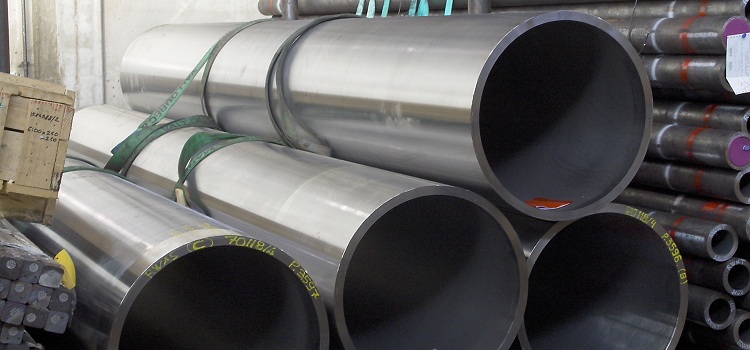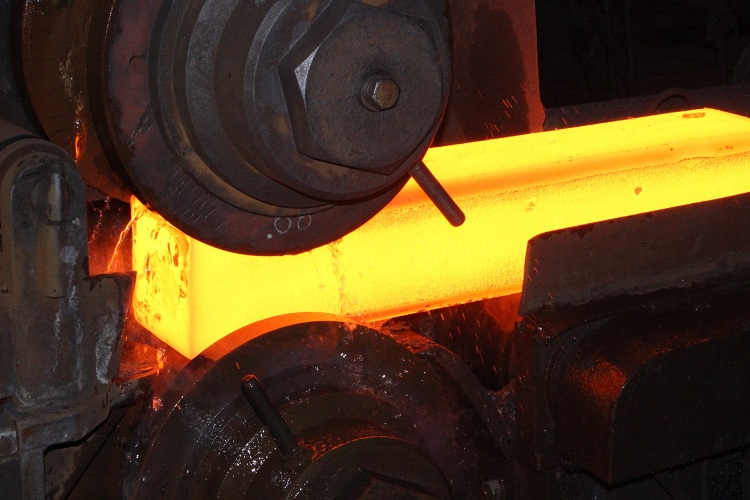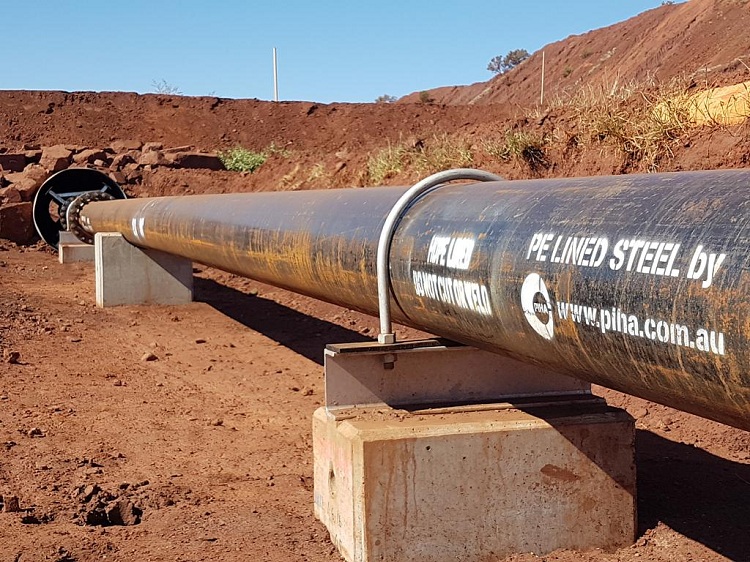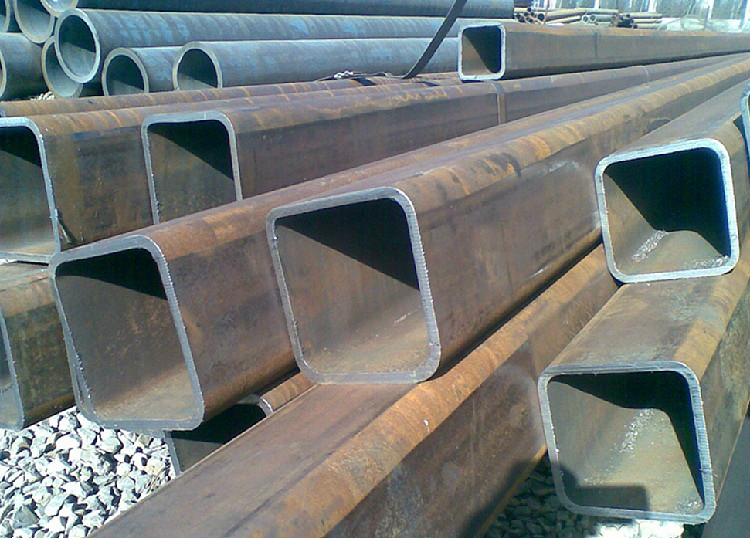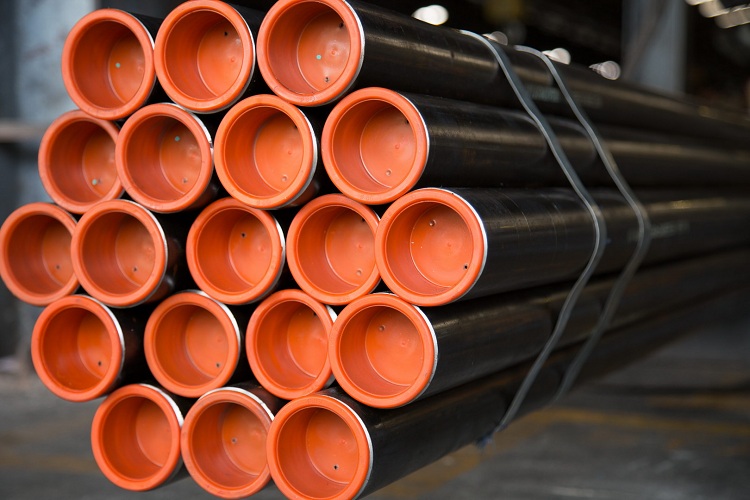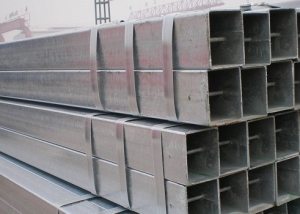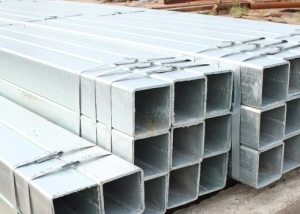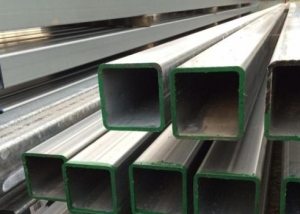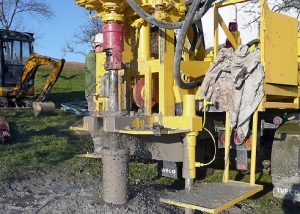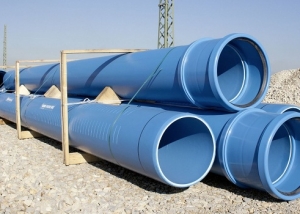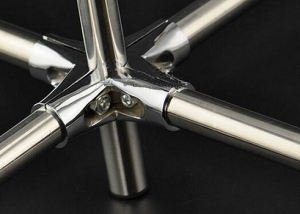Seamless hot-rolled pipe is a one-piece product obtained at the final stage of redistribution from carbon or alloyed or high alloy steel and alloys by hot rolling. A seamless hot-rolled pipe is obtained in several ways, the choice of which is determined by the requirements for the size and quality of the product, the properties inherent in the metal of the workpiece from which it will be smelted.
Content
- 1 Classification of types of production of seamless hot-deformed pipes
- 2 Methods of rolling the sleeve
- 3 How is a seamless hot rolled pipe made?
- 4 Scopes and advantages of seamless hot-deformed pipes
- 5 Assortment of Hot Rolled Seamless Tubes
- 6 The most important technical characteristics in accordance with GOST 8731-74 and 8732-78
Classification of types of production of seamless hot-deformed pipes
The classification of the production of seamless hot-deformed pipes is based on three main distinguishing features:
- A method of obtaining a sleeve.
- The method of rolling the sleeve into the pipe.
- The method by which the product diameter and its wall thickness are finally formed.
The production process most fully characterizes the method of rolling the sleeve into the pipe. Pipe rolling units and workshops are named based on this parameter. The method of rolling the sleeve into the pipe can be combined with any method of producing the sleeve, or with any method of the final formation of the product.
To obtain the sleeve can be used:
- Firmware on a Kosovolkovy camp.
- Firmware on the press.
- Press rolling firmware.
- Firmware on the press with a combination of rolling on a Kosovalkovy mill.
Methods of rolling the sleeve
Longitudinal rolling on an automatic mill - on a stationary short mandrel. Automatic mills are widespread, since the production of them is associated with the achievement of a number of advantages:
- universality of the manufactured assortment;
- high enough performance;
- high degree of mechanization;
- high level of automation;
- great maneuverability in achieving full load of equipment.
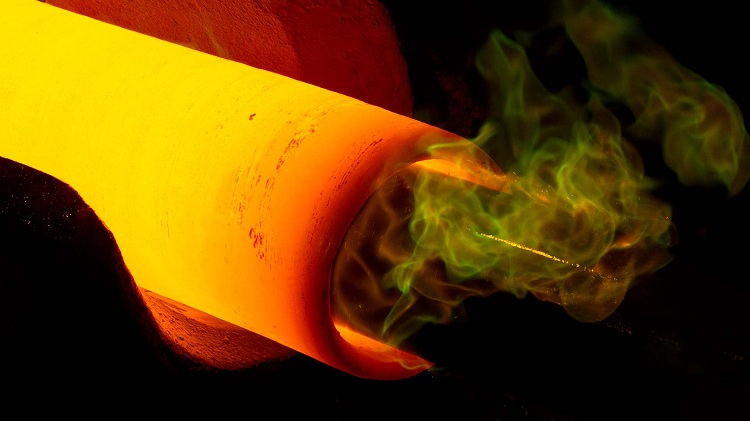
Future pipes can be rolled on rolling mills of various types, each of which allows to obtain products with a certain length and wall thickness
Among pipe-rolling units with an automatic mill, it is customary to distinguish, starting from the assortment (product diameter):
- small - produce products with a diameter of up to one and a half hundred millimeters;
- medium - up to two hundred and fifty millimeters;
- large - up to four hundred millimeters or more.
Periodic rolling in a pilgrim mill (long floating conical mandrel with metal portioned into the rolls). Thick-walled products for various applications are delivered with rolling units with a pilgrim mill. The main recipients of their deliveries are oil production and refining. The assortment determines the conditional separation of pipe rolling units with a pilgrim mill to:
- small - intended for the manufacture of products not exceeding sixty meters in length, 114 millimeters in diameter, with a wall thickness of at least two and a half to four millimeters;
- medium - with a length of not more than forty meters, a diameter of up to 325 millimeters, with a wall thickness of at least five to eight millimeters;
- large - up to thirty-six meters long, with a diameter of up to seven hundred millimeters, with walls at least six to ten millimeters thick.
Longitudinal rolling in a continuous mill (long cylindrical mandrel, floating or held, fully or partially, in a multi-bench mill). Continuous rolling is considered the most promising high-performance method for the production of hot rolled pipes. For the manufacture of products with diameters from sixteen to three hundred and fifty millimeters and a wall thickness of two to twenty-five millimeters, mainly carbon and low alloy steels are used, sometimes high alloy steels.
Screw rolling on a rolling mill (long floating mandrel in a Kosovalkovy mill). Screw rolling is used on all three rolls of a pipe rolling unit with a three-roll mill - piercing, rolling and calibration. Yielding to the performance of tube rolling units with a continuous mill, units with a rolling mill are marked as highly maneuverable. The transition to the production of products of a different diameter is not difficult, since there is no need to replace the rolls. For the production of relatively thick-walled products of high accuracy, carbon and alloy steels are used, mainly pipes for bearing rings are produced.
At the rack mill. In this case, with the help of the mandrel, the glasses are pushed through a series of tapering gauges of rings or roller clips. Thin-walled pipes with a diameter of up to 245 mm are produced from a square billet obtained in continuous casting or rolling plants. Domestic units for rolling pipes with a rack mill due to the high cost of products and the poor quality of the outer surface are not widespread. Foreign modernized units allow carbon steel and alloy steel to produce products up to twelve meters long and with a diameter of 21 to 245 mm, with walls from two and a half to ten millimeters thick.
On the pipe press. The stationary mounted mandrel and matrix ring form an annular gap where metal is extruded. Tube-rolling units with a tube-profile press allow to perform profiles of complex shape with high accuracy. The tolerance on the wall thickness on them is set at ten percent, but can be, if necessary, reduced to five to eight percent. High accuracy is achieved due to the concentric arrangement of technological tools and axisymmetric deformation scheme.
Cross rolling on a planetary mill. This is a stationary mandrel in conical rolls, which are installed in a rotating cage.
How is a seamless hot rolled pipe made?
Seamless hot-rolled (hot-deformed, hot-pressed) stainless steel pipe is usually performed on mills operating on the principle of continuous operation.
The seamless structure in the manufacturing process goes through several stages common to units with mills of various types:
- the metal billet is fed into a special furnace and heated to a predetermined temperature;
- a piercing mill is used to obtain a sleeve, a mandrel is inserted into the sleeve and rolling is performed;
- at the end of rolling, the sleeve is removed, and the end of the pipe is cut off;
- the outer surface of the pipe is leveled;
- For reduction, a reduction or continuous calibration mill is used. This procedure is strictly mandatory, as it avoids the appearance of ovality of the product. A large diameter seamless pipe may require the use of an expansion mill;
- after cooling the product, it is cut into pieces of the desired length and passes the final finish.
Scopes and advantages of seamless hot-deformed pipes
The seamless products obtained by hot rolling are used:
- in plumbing and heating systems, various boiler rooms, mainly in housing and communal services;
- in pharmaceutical production;
- at the enterprises of the food industry;
- in the transport industry;
- at chemical, oil producing and oil refining enterprises;
- in shipbuilding, aircraft manufacturing, construction and energy;
- in the manufacture of furniture and designer designs.
Such a wide and diverse application is due to the excellent performance of stainless steel, characterized by:
- excellent mechanical strength;
- resistance to corrosion;
- heat resistance, allowing the use of products in a wide temperature range;
- resistance to aggressive chemical compounds.
These qualities explain the wide distribution and demand for products, which are distinguished by their high cost arising from the need to use bulky and expensive equipment for the production.
Only seamless pipes can be safely used to equip water pipelines and pipelines through which aggressive liquid compounds are transported, since they will never leak or rust.
Assortment of Hot Rolled Seamless Tubes
Seamless hot-formed products vary in shape, size, materials and manufacturing features. In a diverse assortment, it is customary to allocate pipes by section type:
- square;
- round;
- rectangular.
The accuracy of manufacturing the outer diameter of the product can be:
- ordinary;
- elevated.
According to the wall thickness of the product refer to:
- thick-walled - from 12, 5 to forty millimeters;
- thin-walled - six to twelve millimeters.
Products differ in length:
- unmeasured - from four to twelve and a half meters;
- measured - within the same limits;
- multiple measured - with an allowance of five millimeters per cut;
- approximate.
For the manufacture of steel is used:
- alloyed;
- carbon.
According to the characteristics of the material used in the construction, seamless hot-deformed pipes are divided into five groups that differ in standardization:
- A - mechanical properties;
- B - chemical composition;
- B - mechanical properties and chemical composition;
- G - chemical composition and control of mechanical properties on the samples;
- D - test hydraulic pressure.
Seamless hot-rolled pipes made from a blank in the form of a solid ingot are unsuitable for use with the purpose of transporting harmful (I, II and III classes), explosive, fire hazardous substances, hot water and steam.
The most important technical characteristics in accordance with GOST 8731-74 and 8732-78
For all products included in the list of standard sizes, GOST regulates the diameter, length, thickness and mass of a running meter. In accordance with the classification for manufacturing accuracy, the possibility of maximum deviations from the nominal diameter is established. Limit deviations (tolerances) along the length and curvature, wall thickness were established (regardless of classification). A number of nuances are discussed related to the coordination of the order between the consumer and the manufacturer.
The materials for the manufacture are determined - steel carbon and alloy alloys. Depending on the quality of the product, they are divided into five groups: A, B, C, D, D. GOST specifically stipulates the right of the customer to demand the delivery of heat-treated pipes.In this case, the heat treatment mode and standardized values of mechanical properties are established on the basis of regulatory and technical documents approved in the established manner.
GOST does not allow the presence on the surface of products of obvious defects (cracks, sunsets, flaws and captures) that violate the established wall thickness. In the manufacture of pipes for subsequent machining in order to obtain parts from them, it is possible to establish additional requirements for surface quality as agreed between the customer and the manufacturer.
The ends of the products are cut strictly at an angle of 90º with deburring. The formation of a chamfer is allowed provided that it is inclined to the axis of the product at an angle of at least 70 degrees. When using autogenous or plasma cutting for trimming pipes, the size of the allowance along the length can not be less than twenty millimeters per cut.
Note! For pipes that are intended to be used under pressure, the working conditions are specified during the formation of the order. Products must undergo a test hydraulic pressure of up to twenty atmospheres (at the request of the customer, this threshold can be exceeded).
The high demand for expensive in the manufacture of seamless hot-rolled pipes is explained by their remarkable advantages, allowing to some extent neglect the cost of products. They completely eliminate the possibility of leaks, achieving perfect tightness and excellent corrosion resistance. Long-lasting, reliable, universal in use products have real aesthetic appeal and beauty as embodied rationality.
